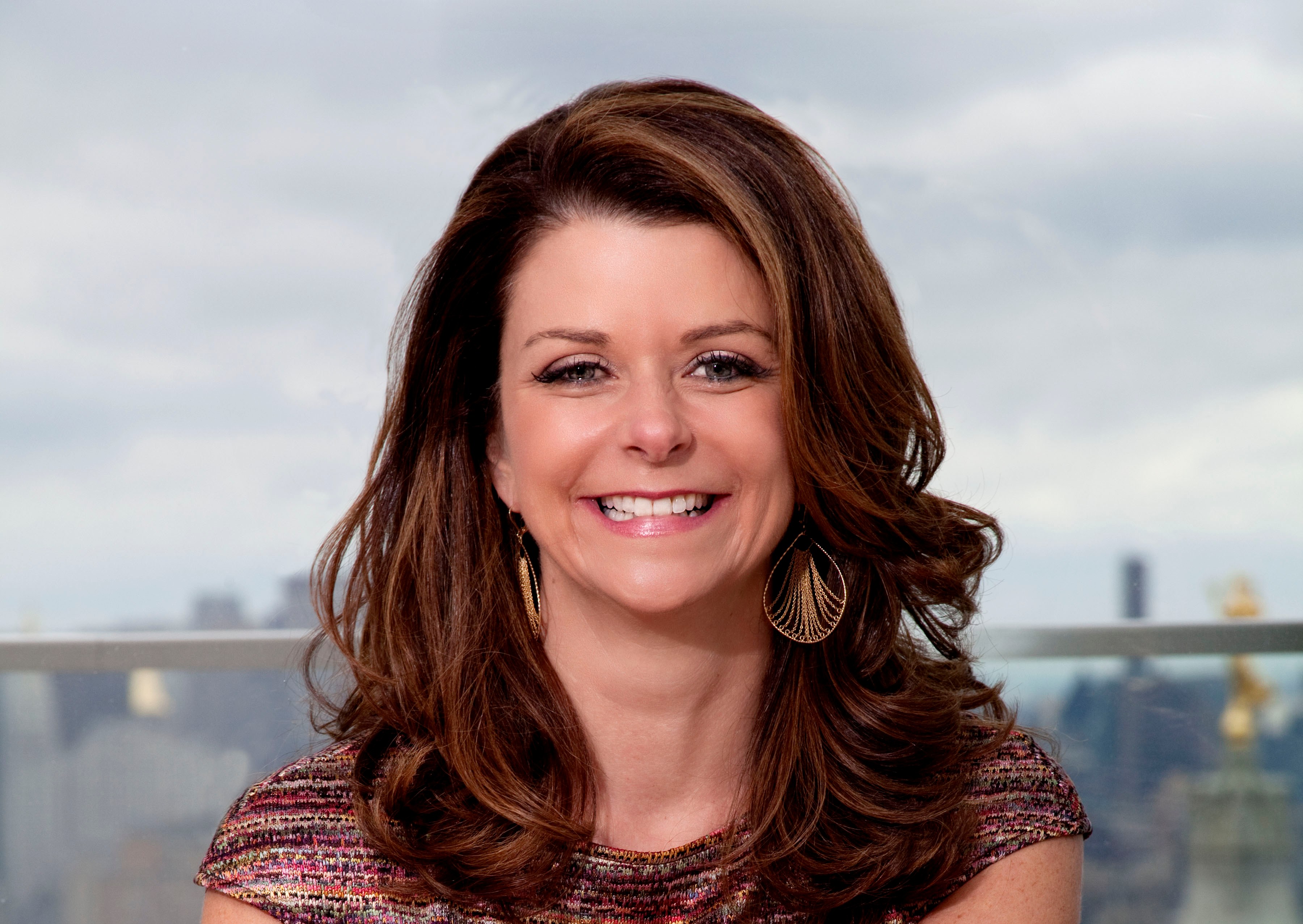Our Lady of the Forest: MaryAnne Gilmartin On Taking Charge at FCRC
By Gus Delaporte April 23, 2013 8:00 am
reprintsLast week, Forest City Enterprises confirmed what had become an open secret in New York real estate circles: MaryAnne Gilmartin would succeed Bruce Ratner as president and chief executive of the company’s New York subsidiary, Forest City Ratner Companies. Ms Gilmartin spoke with The Commercial Observer on the day of the announcement last week about the process of deciding on a succession plan, what she will bring to the table and how her ascension to the top of FCRC will impact the way women are viewed in the real estate industry.
 The Commercial Observer: Can you elaborate on the succession plan and the process that was taken?
The Commercial Observer: Can you elaborate on the succession plan and the process that was taken?
Ms. Gilmartin: It was a very deliberate and, I think, very well-executed plan that began well over a year ago. We’ve been working on this, and in many ways I’ve been doing a lot of the things associated with the day-to-day operations of the company. I run a lot of the major real estate transactions, I interface with a lot of different people here within the company, and I drive a lot of relationships outside of the company. Together with Bruce Ratner, we’ve partnered to move in a forward direction, particularly after the closing of Atlantic Yards. I’ve been here for 18 years. I’m exhilarated by the notion of being able to partner with Bruce going forward, but I know business. I am a developer at heart, so Bruce and I are like-minded in terms of the importance of civic building and community and how we create great places.
I know how to run a portfolio. We are not just a development company—we are an operating company and have a portfolio of assets. I’ve been doing the leasing here at MetroTech and at The New York Times [building] for lots of years now, so I think I have a deep understanding of the business in a way that can add value not only to the company here in New York but the larger public company in Cleveland.
When was the possibility of succession raised with you?
I should say, what happens in companies is that there is a process of talking about succession that happens regularly, because you always have to plan for a scenario where there is change, even in the scenario where it is unpredictable change. You have to understand if you are grooming people to take over, so most companies engage in a planning process as it relates to succession, and we’ve been doing that type of thing for a number of years.
It was about a year ago, if I remember correctly, that Bruce began to strongly push this notion that I get more involved in the corporate side of the business—interfacing with the parent company, working on more global and strategic initiatives—and that’s when I think we began this process.
We knew we would know when we were there, and it’s not an easy thing. Bruce Ratner has made this company, built every bit of it, and these are very big shoes to fill. I, of course, was very clear I was interested in doing it, but I wanted to do it with Bruce. Partnering with Bruce was a requirement, as far as I was concerned. I feel great—it’s a privilege for me to be able to take the role over but at the same time know Bruce will be here.
Can you comment on Mr. Ratner’s motivation for succession and his thought process behind stepping aside?
I can tell you he is about empowerment. One of the things I love about the company is he has built a company that thrives on excellence and innovation, and I think he believes I have been operating in a way where he wanted to recognize the role I was playing. In a very selfless way, he is doing that, and he is allowing the next generation of leadership to step up. He is agreeing to participate in the issues of strategy and innovation, the issues that are critical to the future. But I think in many ways it goes to how he manages, a living example of it. He is allowing some space for me to participate in a very significant way in the future of this company.


